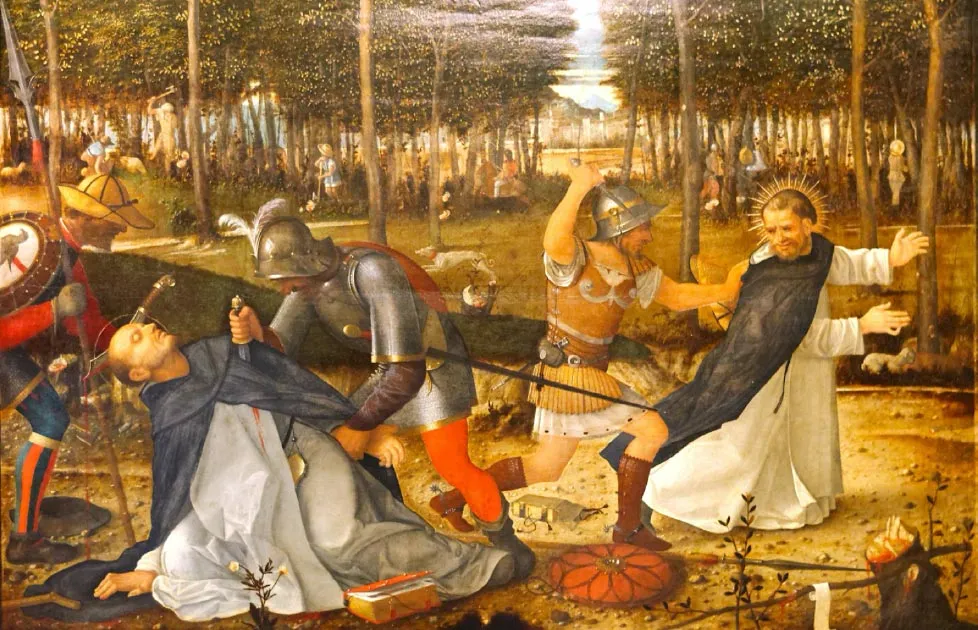This article sums up the point I make in my novel The Night's Dark Shade. From Postliberal Order:
ShareIn the early thirteenth century, a fanatical religious movement known to history as Catharism or Albigensianism spread throughout southern France. Its fashionableness led self-interested local nobility to favor it. But so bizarre and subversive of social order were its doctrines that political and ecclesiastical authorities beyond the region judged its suppression to be urgent. At first the preferred methods were preaching and public disputation, with the new Dominican order taking the lead. But these appeals to reason proved inadequate, and after a papal legate was murdered by a Cathar, a military solution seemed unavoidable. Thus was launched the Albigensian Crusade – a venture notorious for excess and whose participants did not all have pure motives, but which did succeed in destroying the toxic movement.
What was the content of Catharism? It was grounded, first and foremost, in the conviction that the world is absolutely permeated by evil. This is not the Christian doctrine of Original Sin, but something much darker. For the Cathars, the natural order is not the creation of a benevolent deity from whose grace we have fallen. Rather, they held that it always was in the first place the product of an evil power. And they identified this evil power with the God of the Old Testament, the authority of which they rejected. On the Cathar conception of salvation, the imperative is not to redeem the natural order but to be altogether liberated from it, and thereby to be “Pure Ones” (the literal meaning of Cathari).
Those closest to achieving this were known as the Perfect, who took on the full weight of Catharist moral discipline. Its chief component was renunciation of marriage and children, which were regarded as wicked insofar as they perpetuated the evil natural order of things. Meat and dairy products were also eschewed, given their connection to procreation. Private property was rejected. Capital punishment and war were condemned as intrinsically immoral. Yet suicide was not only permitted but commended for those judged ready for it. Infanticide was sometimes practiced. And as the murder of the papal legate illustrates, the Cathars would sometimes resort to violence in order to protect the movement itself.
Most adherents of the Cathar movement (the “Believers” rather than the Perfect) were not expected immediately to adopt its austere ethic in its entirety, though. Hence, while complete abstinence from sex was considered the ideal, sexual indulgence was tolerated among Believers as long as it did not lead to procreation. Indeed, sexual practices of the kind that carried no risk of pregnancy were judged permissible, and extreme debauchery was frequently a part of Cathar life. Whereas the Church favored sex when it was procreative, the Cathars favored it only when it was not procreative.
Since the God of the Old Testament was identified with the devil, biblical heroes like Abraham and Moses were dismissed as diabolical agents, and divine acts of judgment like the destruction of Sodom and Gomorrah were condemned as murderous. While the Cathars regarded themselves as the Children of Light, they judged those who approved of living as human beings have always lived – marrying and having children, practicing sexual restraint outside of that context, owning property, using animals for food, resorting to war and the death penalty when justice and order made it necessary – as the Children of Darkness. Since these things are just commonsense preconditions of the social order, it is no surprise that ecclesiastical and political authorities judged Catharism to be radically subversive of that order and in need of suppression. (Read more.)


















1 comment:
St. Anthony of Padua fought against the Cathar heresy. He is my dad's patron saint and has a shrine in Bolinawan, Carcar, Cebu.
Post a Comment